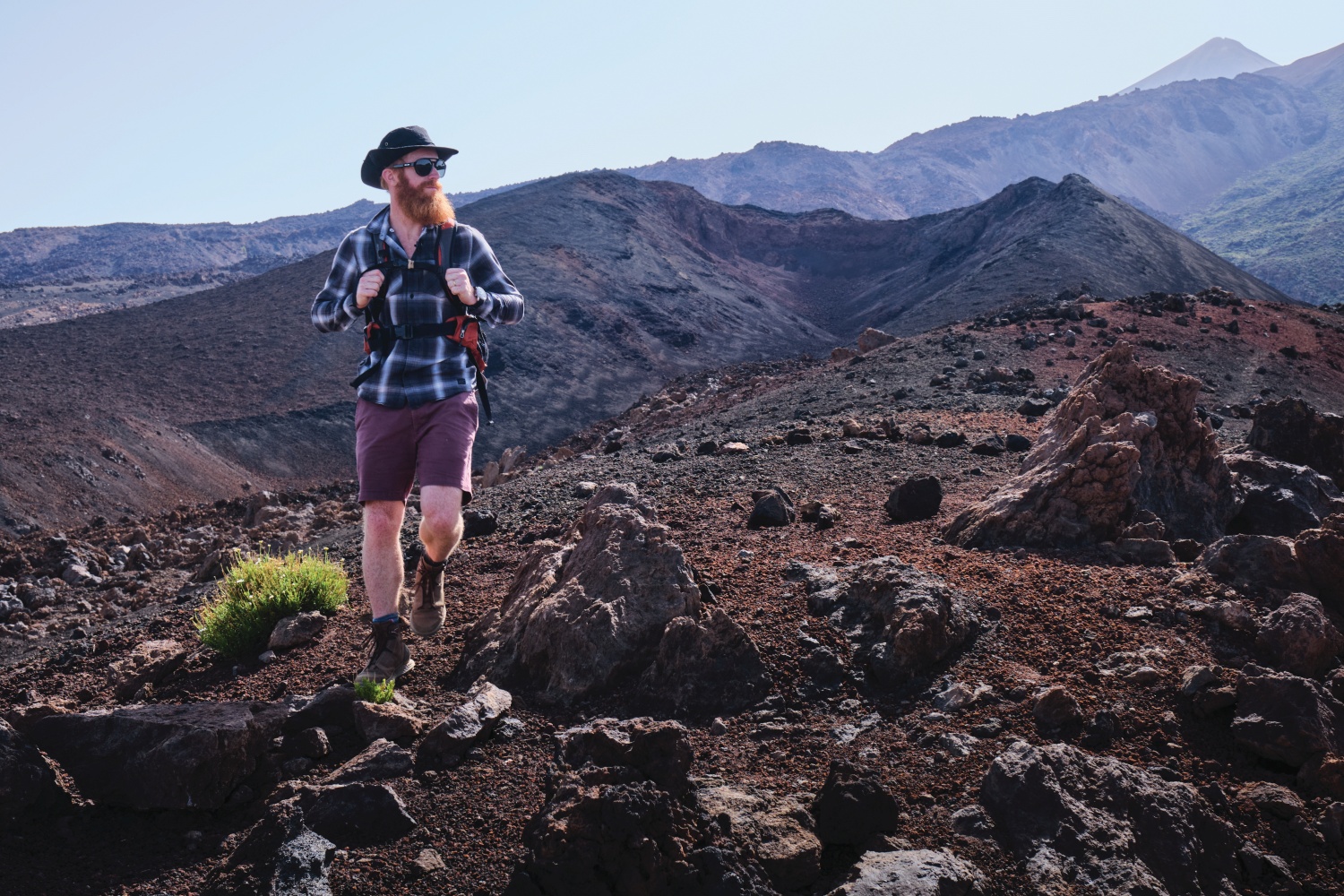- Details
- Written by: Sean Conway
I once climbed Kilimanjaro dressed as a penguin. That was back in 2009, but it was the first and last time I’ve been anywhere near an actual volcano. Which is why my heart skipped a few beats when I caught a glimpse of Mount Teide as we came into land. I knew straight away that this was going to be an adventurous week – the perfect antidote to a long spring spent in lockdown in the UK.
Tenerife, the largest of the Canary Islands, is probably best-known as a year-round holiday destination for sunbed loving tourists in gigantic all-inclusive resorts. But this island, which lies in the mid-Atlantic, 300km off the coast of Morocco and Western Sahara, has so much more to offer than that. In fact, all the large hotels are concentrated conveniently near the airport in the south. That leaves the rest of the 80km long, 30km wide landmass untouched. These were the parts I wanted to explore.
My first port of call was La Laguna, where I checked into a quaint old town hotel on streets that reminded me of Havana. I spent a pleasant evening wandering around admiring all the oversized doorways and beautiful wooden balconies projecting out over the pedestrianised streets. But the following morning, I was up and out, eager to get going on the first of a whole series of adventure activities I’d got planned.
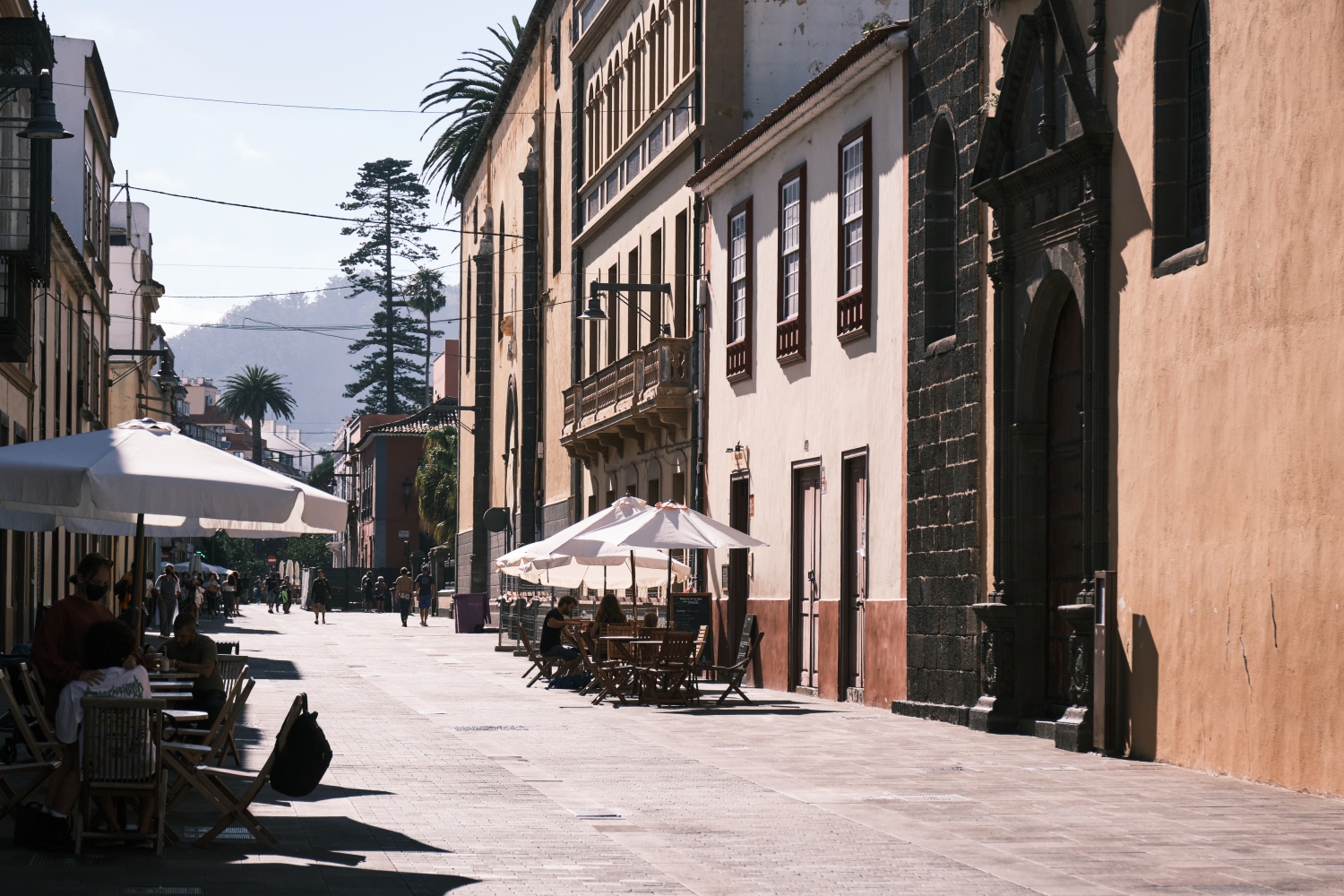
It’s not exactly a secret, but not many people know that the hiking in Tenerife is on a par with the best in the world. First up was a short hike in the rural park of Anaga, on the north coast. Although it doesn’t rain that much in Tenerife, the vegetation here is almost jungle-like, thanks to the warm trade winds, which carry moisture inland that then condenses on the trees. Droplets of water fall to the ground to quench the thirsty roots. It’s brilliant really – the trees are essentially creating their own water supply.
After three hours, I reached the small coastal hamlet of Roque Bermejo – half a dozen houses completely cut off from the world, with no road access. The only way in or out was the walk we’d just done, or a 40-minute boat taxi. Surprisingly, it had a small café that served beer, which was exactly what I needed. The boat ride back gave me an entirely different perspective on the island. Within minutes of leaving the hamlet we were sailing along next to complete wilderness. Looking up at the towering cliffs, I half expected a tetradactyl to swoop down from the forested gullies and into one of the many coastal caves.
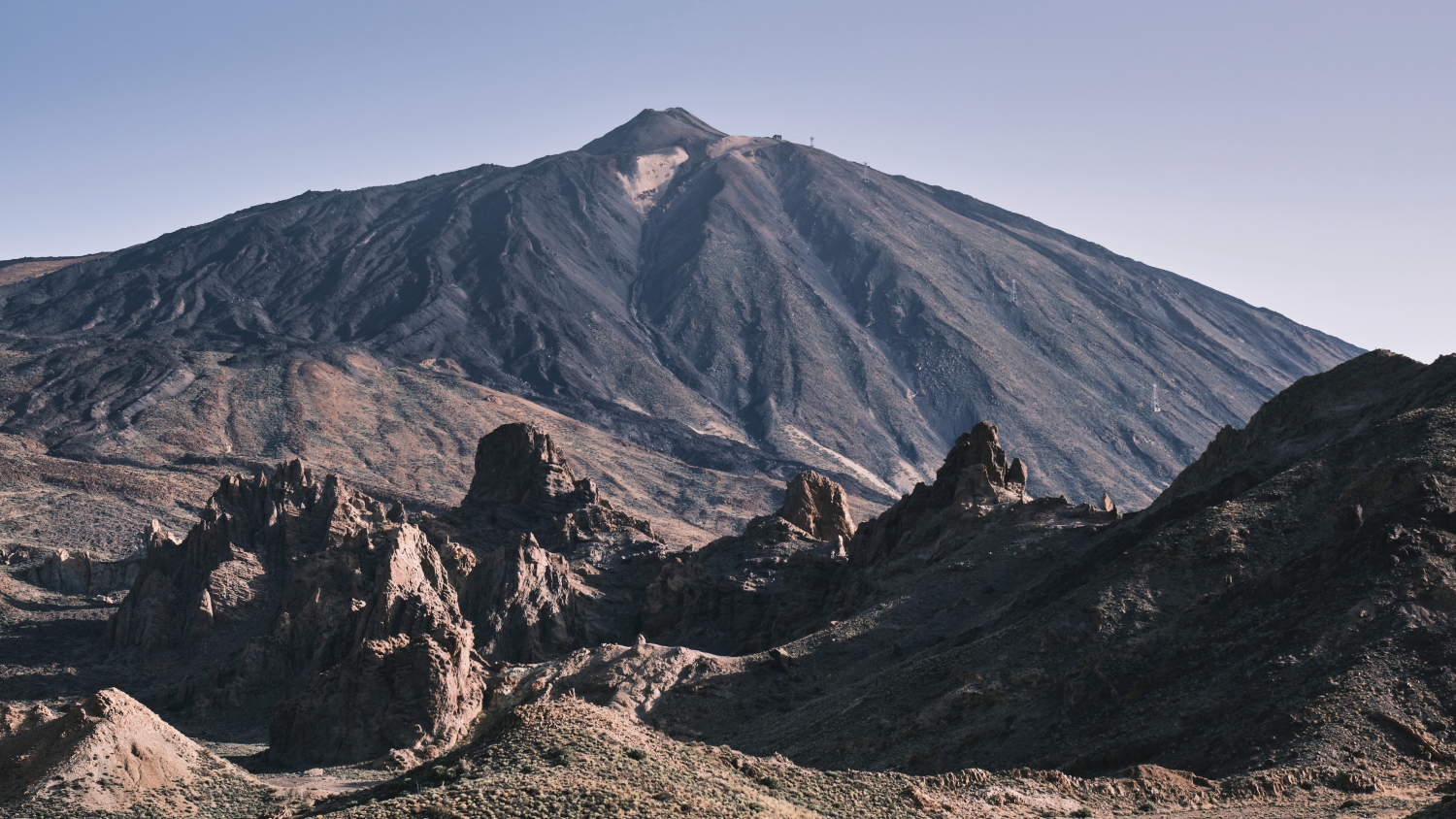
Bikes and basalt
My second day’s hiking was the one I was really looking forward to – we were heading right up close to the Teide volcano. Setting off on foot through millennia-old lava fields felt a million miles away from the beach resorts of the brochures. Lava rocks themselves are interesting – because the molten liquid traps bubbles of air as it cools and solidifies, they are extremely lightweight. Some are so light that they can float. It’s a jarring sight to see a heavy-looking boulder bobbing along like a piece of wood!
“Walking through millennia-old lava fields felt miles from the beach resorts of the brochures”
It was eerily quiet as we walked, with nothing but the occasional scuttle of a lizard running across the path. As we gained altitude, my lungs began to feel it. The peak of Mount Teide is 3,715m above sea-level – just a couple of hundred metres lower than the Eiger – making it the highest mountain in Spain by a considerable distance. A great trick question for a pub quiz if ever there was one.
If the hiking in Tenerife is world class, the road cycling is definitely up there too. I’d heard about this previously from friends who’ve spent winter months training in these hills, so I decided to get on my bike and see the famous switchbacks for myself. I started the ride from the Parador Hotel, situated high up on a plateau that was once the inside of a larger volcano a million years ago.
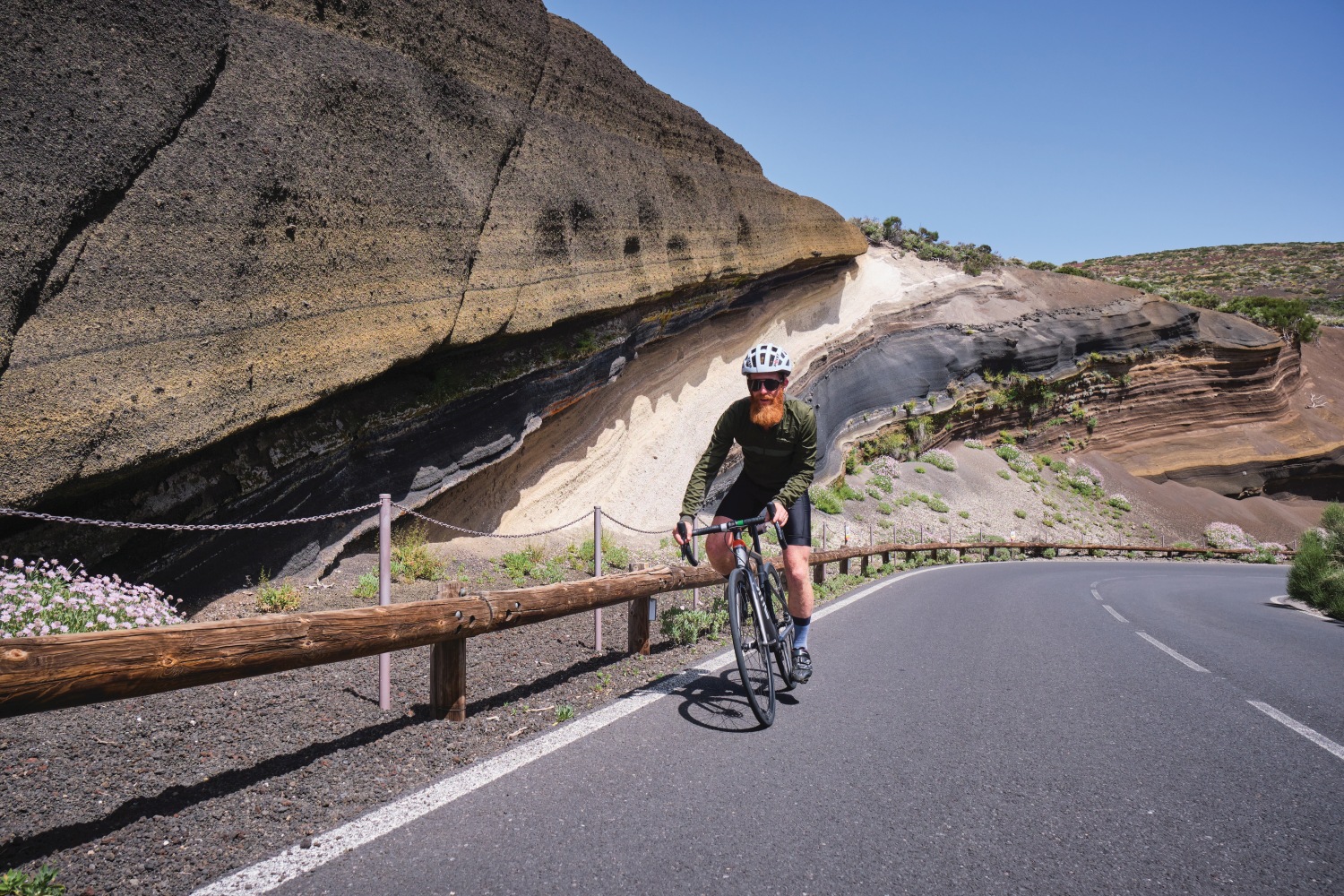
I figured things might be easier if I didn’t have to do the climb up there, but the altitude meant my lungs were on fire from the get go. That was kind of the point though, and I loved it - cycling through lava fields and on towards some phenomenal switchbacks, cut deep into the side of the mountain, which showed off the layers of differently coloured sediment from various eruptions. Locals call this the tiramisu apparently, because the layers look very much like a cake.
The scenery was stunning enough to make me forget my tired legs, but it helped that the asphalt beneath my wheels was near-perfect too. Perhaps this was as a result of the relative lack of traffic on these steeper, inland roads? Either way, both the few cars and the smooth road surfaces made the route a pleasure to cycle.
- READ NEXT: The Best Lightweight Walking Boots
By contrast, the ruggedness of the off-road terrain meant I was very happy to find out that my guide had organised e-mountain bikes for the little adventure we’d planned in the forest the following day. In the past, the purist in me would have scoffed at the idea of using an e-bike but I have to say, our rapid progress skywards through the unique Canarian pine trees made me think again.
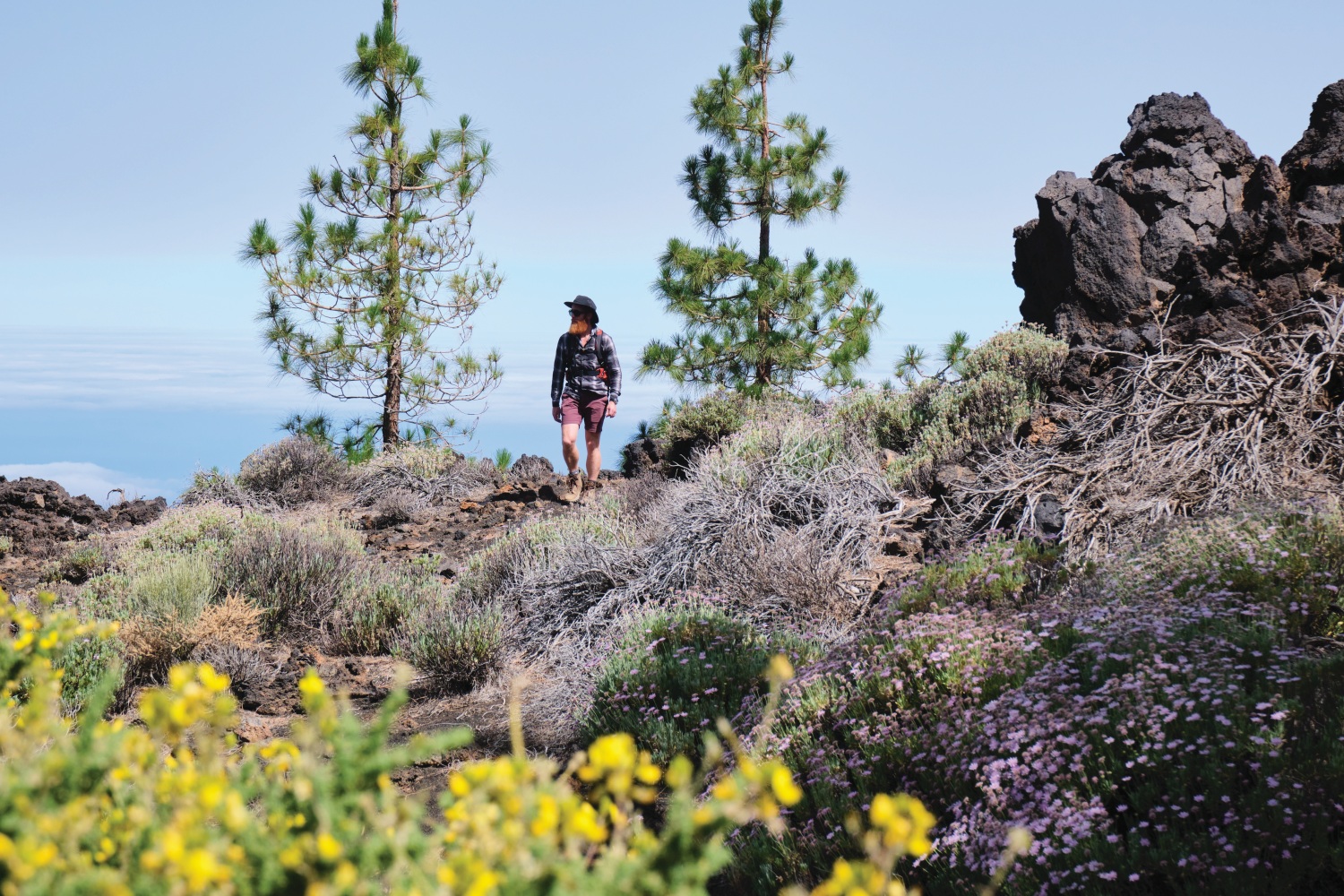
One of the big advantages of an eBike is that you can talk while climbing . These pines, my guide told me, as we pedalled upwards, have evolved to be especially resistant to fire, with bark that can be up to 15cm thick shielding their core.
Having eased my legs off with a day of power-assisted climbing, I felt ready to give them another monstering, and set off on a run next. It’s easy to get up high in Tenerife and it wasn’t long before I was looking down at an incredible cloud inversion.
“I ran for a few hours and didn’t see a single person. Which is the way I like it”
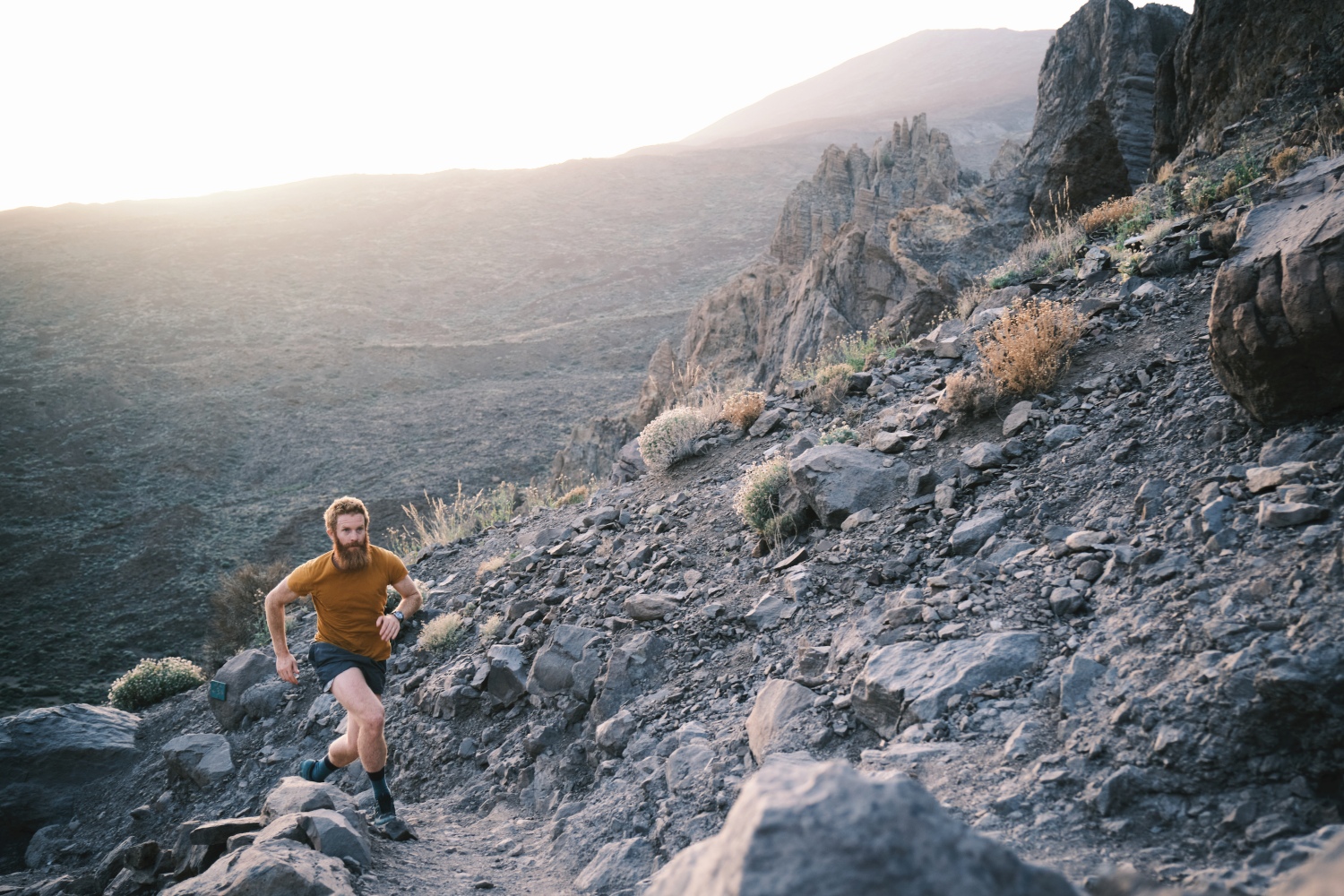
A few of the other Canary Islands were visible in the distance, and it made me want to float over to them. I wondered if I could see the coast of West Africa from up here. You can’t, even on a good day, but the fact that much of the vegetation on Tenerife can also be found on the continent made it feel close.
I ran for a few hours and didn’t see a single person – which is the way I like it. Even on this small island, I realised, it’s easy to feel like you’re out in the wilderness. Having worked up a sweat, I repeated the trick from my first day, and dove straight into the sea as soon as I’d got down from the mountain. Aaaaah.
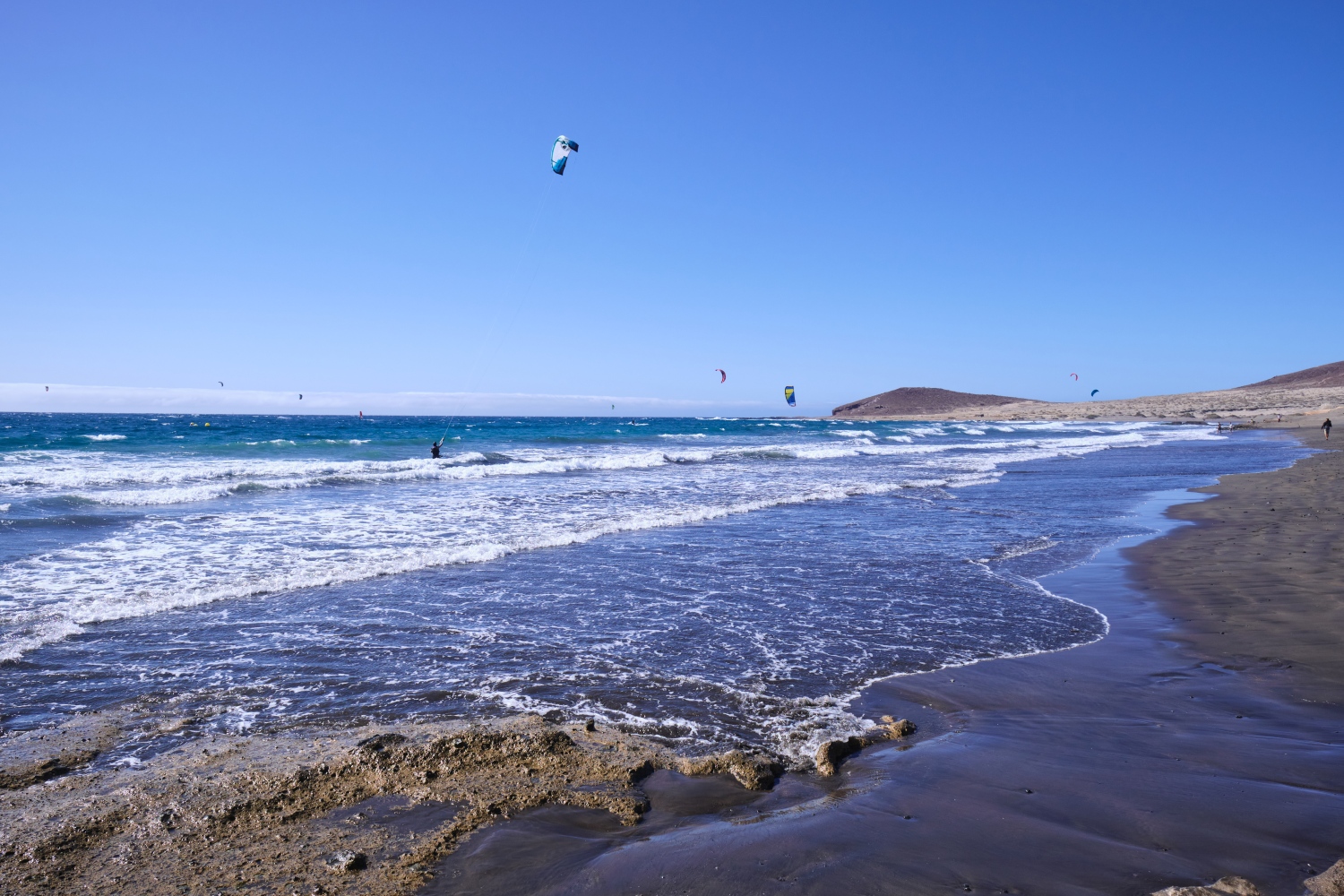
Testing the trade winds
By this point, I felt like I’d comprehensively explored the interior, both on road and off, on two feet and on two wheels. But no adventure experience in Tenerife would be complete without getting off-shore. So on my final day, I decided to try something Tenerife is justifiably famous for. Kitesurfing. Or in my case, learning how to kitesurf.
Chris, my instructor, was very patient, and I spent an hour sitting on the sand learning the feel of the kite before getting into the water. Out in the water, the sheer number of other kitesurfers was bewildering – I counted 68 kites on our small stretch of beach. Perhaps this is no surprise. The combination of the ultra-consistent trade winds and the decent waves which roll in off the Atlantic means Tenerife could almost be made for this sport.
But then again, as I’d found over the course of my week, Tenerife could have been made for many sports. It’s basically an outdoor hobbyist’s dream – the ultimate leisure island, perfect for all kinds of adventures. And I hadn’t worn a penguin suit once.
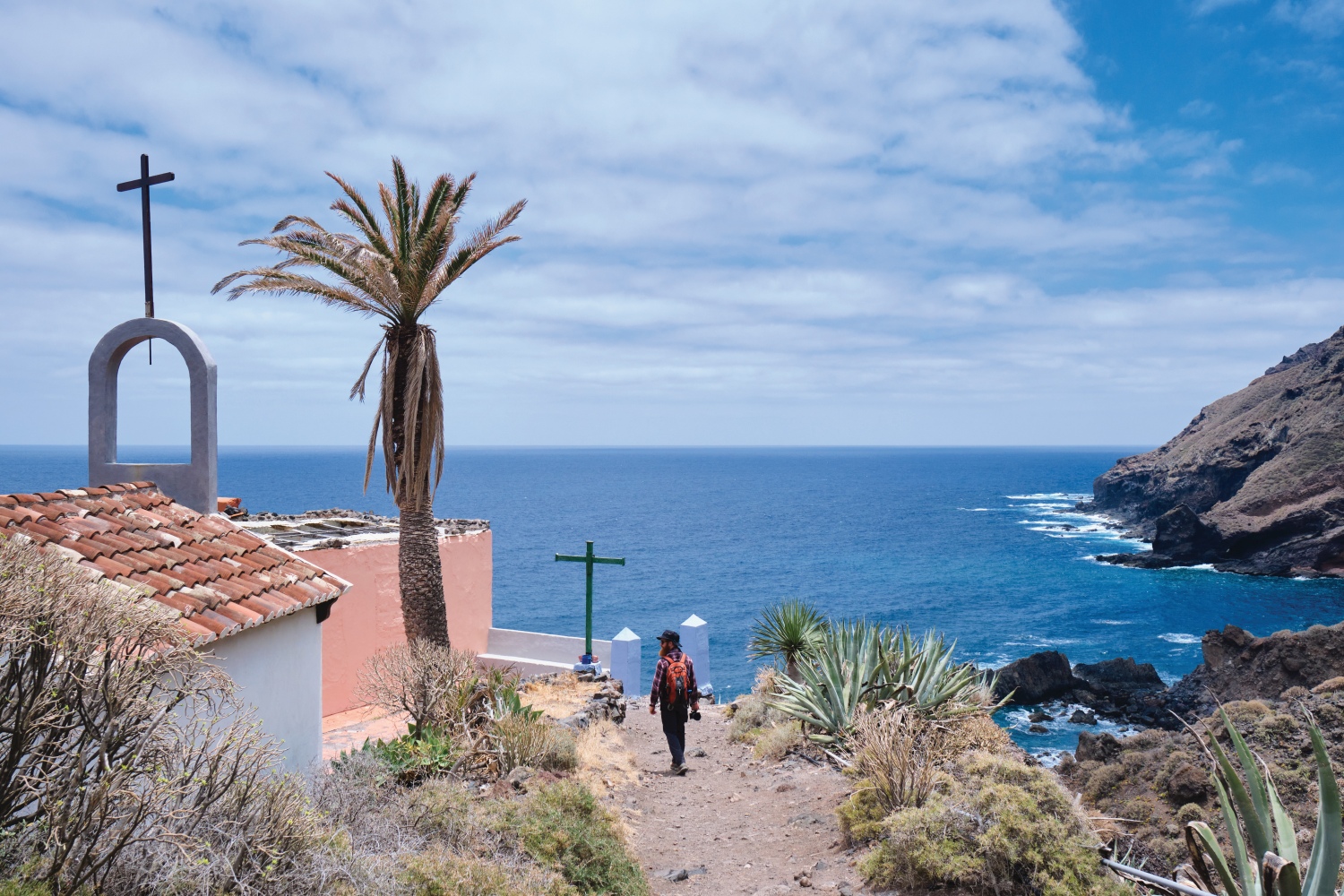
Travel info
Our trip
Sean’s trip was supported by Turismo de Tenerife.
Getting there
Various airlines operate regular services to Tenerife such as British Airways, Easyjet, Jet2 and Ryanair. Spanish airlines such as Iberia, Air Europa and Vueling also fly from the UK but with stopovers in Madrid or Barcelona.
Getting around
It’s worth hiring a car to go inland, as distances can be deceptively long and public transport infrequent. Sean rented from Hertz at Tenerife Norte airport.
Food and drink
As in the rest of Spain, food in Tenerife is excellent, and the locals have a particular flair for seafood – for obvious reasons. Restaurante El Trasmallo is a great place to enjoy local fare.
Where to stay
Sean stayed at the Laguna Gran Hotel in La Laguna, the old Spanish city. Up the mountain, he stayed at the Parador Hotel, in the Teide National Park, and on the coast he stayed at the Jardin Tropical.
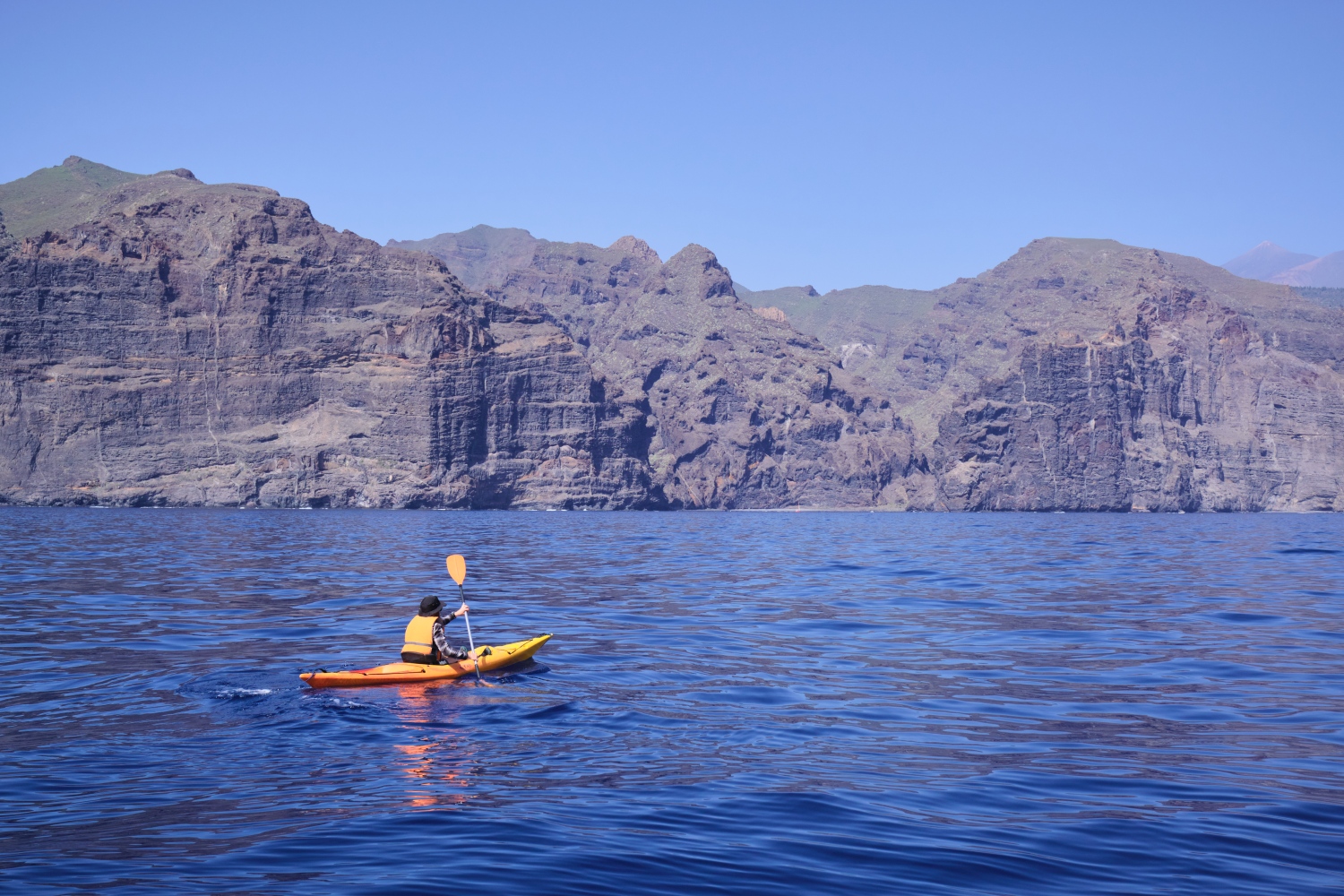
- READ NEXT: The Best Waterproof Jackets

